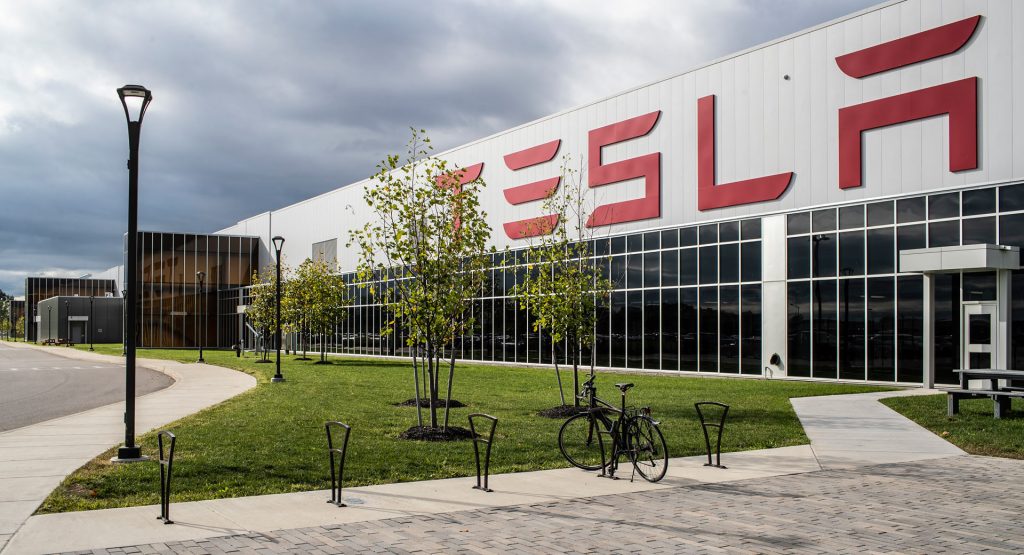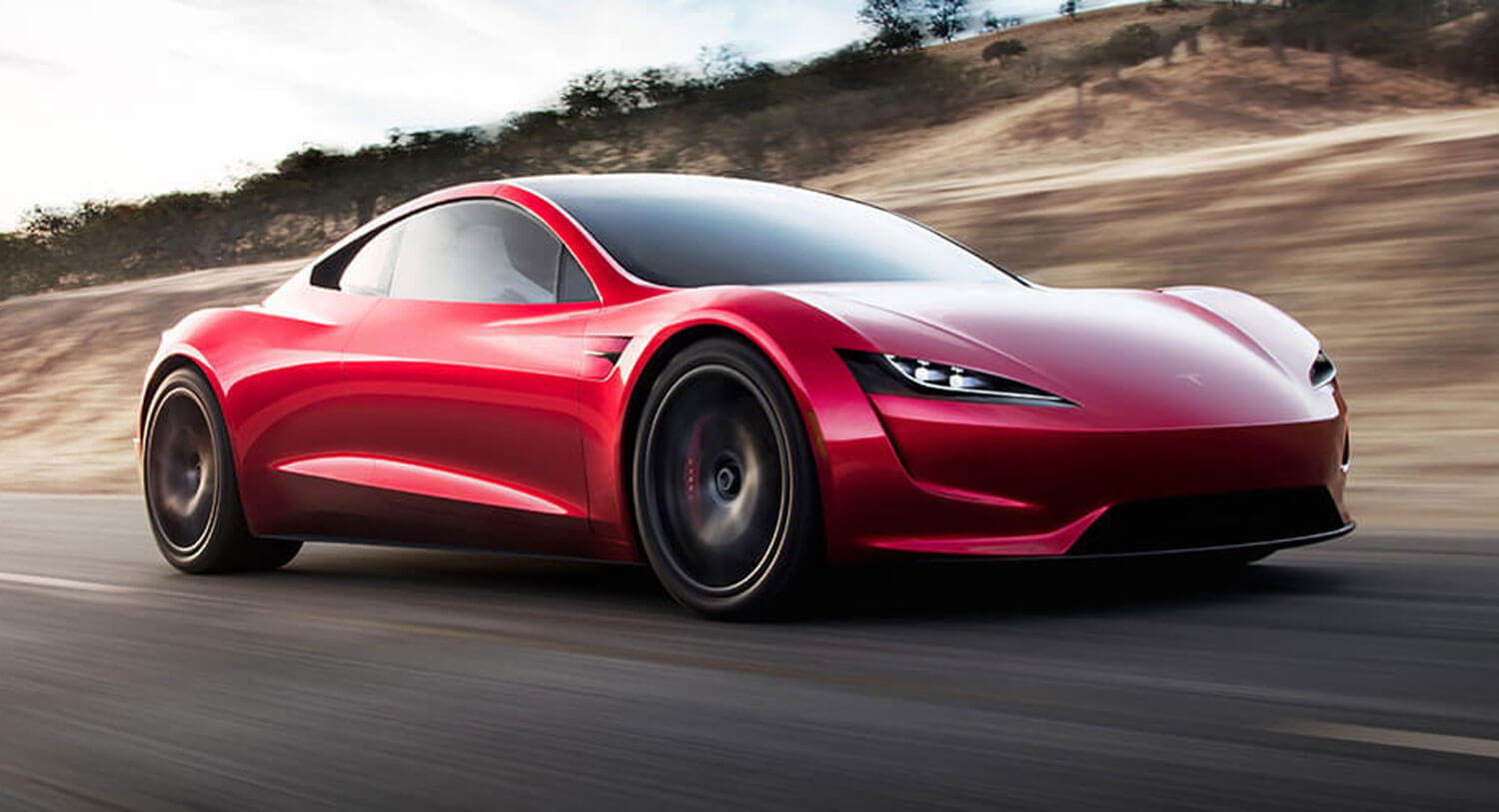Tesla is moving its HQ to Austin, Texas, CEO Elon Musk has announced at the company’s annual shareholder meeting.
The EV-maker already has a factory under construction in Austin that will manufacture both the Model Y and the Cybertruck, and held the shareholder meeting there, rather than in Palo Alto.
The news wasn’t totally unexpected. In May 2020, Musk got into a spat with officials in Alameda County, California when Tesla was forced to shutter its Fremont facility to stem the spread of COVID.
“Frankly, this is the final straw,” the typically hot-headed Musk tweeted at the time. “Tesla will now move its HQ and future programs to Texas/Nevada immediately. If we even retain Fremont manufacturing activity at all, it will be dependent on how Tesla is treated in the future. Tesla is the last carmaker left in CA.”
Related: Tesla Ordered To Pay Former Worker $137 Million For Hostile Work Environment, Racism
But that falling out didn’t merit a mention at the shareholder meeting, where Musk claimed the move was about making Tesla’s HQ more accessible for workers.
“It’s tough for people to afford houses and people have to come in from far away,” said Musk. “There’s a limit to how big you can scale it in the Bay Area. In Austin our factory is like five minutes from the airport, 15 minutes from Downtown.”
But Musk made clear that Tesla wasn’t entirely turning its back on California, where the company recently began building a new plant to manufacture its large Megapack batteries. “We will continue to expand our activities in California. This is not a matter of Tesla leaving California,” he said. Musk also claimed Tesla will boost production by 50 percent at its Fremont plant where the Models 3, Y, S and X are built, but didn’t say how. Tesla delivered a record 241,300 vehicles in the third quarter of 2021.
Musk also offered an update on the schedule for its much-delayed Cybertruck, Semi and Roadster. Putting the delays down to supply chain problems, including the global chip shortage, he claimed the Cybertruck would start production in late 2022, with the first Semis and Roadsters rolling off production lines a year later.






